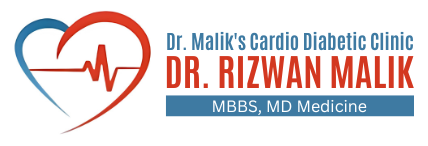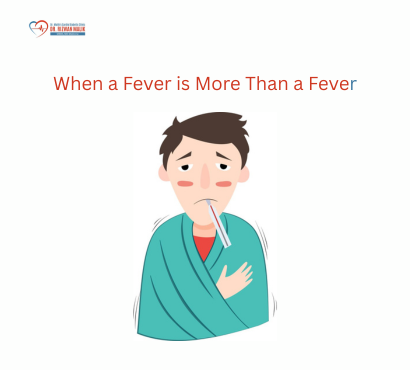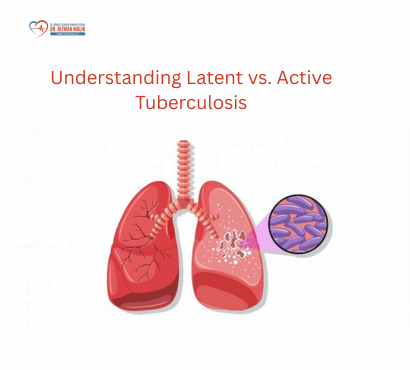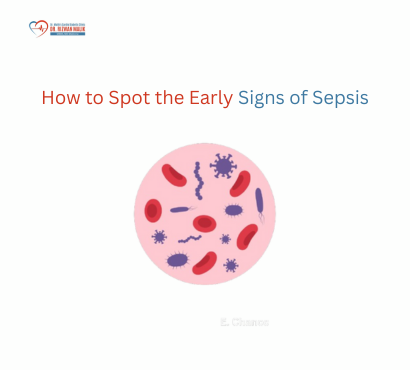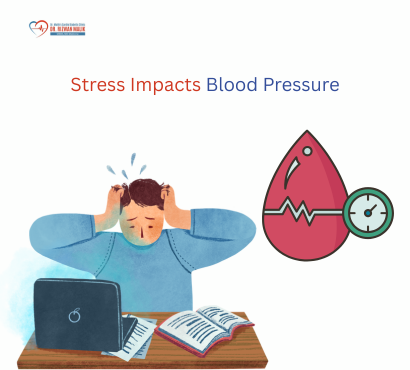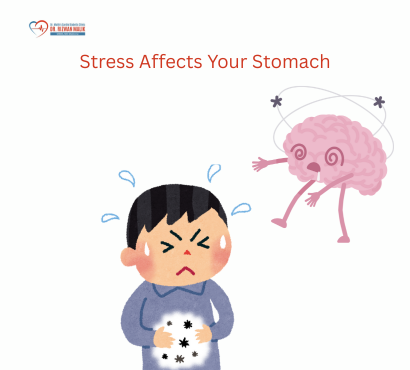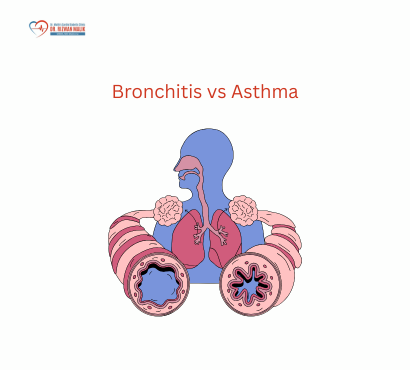When a Fever is More Than a Fever: Knowing When to Seek Medical Help
Fever is one of the most common reasons people visit clinics and emergency rooms in India. A rise in temperature is often the body’s natural way of fighting infections, and in many cases it settles with rest, fluids, and basic medication. But sometimes, fever is a warning sign of a serious illness such as sepsis, meningitis, severe pneumonia, or dengue, and delaying medical care can be dangerous. This blog explains how to recognise when a fever is likely “simple” and when it is more than just a fever—in adults, children, and babies—so you can decide when to stay home, when to call a doctor, and when to rush to emergency care. What Counts as a Fever? In most adults and older children, a temperature of 38°C (100.4°F) or higher is considered a fever. Fever itself is a symptom, not a disease. It commonly accompanies infections (viral, bacterial, parasitic), but can also occur with inflammatory or autoimmune conditions, heat illness, and drug reactions. Mild to moderate fever can actually help the immune system work more efficiently; treating the cause is usually more important than simply “bringing the temperature down.” When a Fever Is Usually Not an Emergency For most healthy adults: Fevers below about 39–39.4°C (102–103°F) without worrying symptoms can often be managed at home with rest, fluids, light food, and paracetamol (as advised). Many viral illnesses (like common cold, mild flu, many seasonal infections) cause fever for 2–3 days and then improve gradually. In such cases, you can usually monitor at home if: You are able to drink fluids and pass urine normally. You remain alert and oriented. Breathing is comfortable. There is no severe pain, rash, or other red‑flag sign (explained below). However, any fever that persists beyond 3–5 days, even without red flags, should be checked by a doctor. Red Flags in Adults: When Fever Needs Urgent Medical Help Adults should seek immediate medical attention or emergency care if fever is accompanied by any of the following: Very high temperature 39.4–40°C (103–104°F) or higher, especially if not responding to medication. Severe headache or stiff neck Difficulty bending the neck forward, intense headache, or neck pain may signal meningitis or brain infection. Confusion or altered behaviour New disorientation, strange behaviour, slurred speech, seizures, or loss of consciousness. Breathing difficulty or chest pain Rapid, laboured breathing, feeling short of breath at rest, chest tightness, or pain when breathing or coughing. Persistent vomiting or inability to keep fluids down Risk of dehydration and electrolyte imbalance. Severe abdominal pain Especially with guarding, distension, or persistent vomiting. Rash, particularly dark or non‑blanching spots Tiny dark red/purple spots that don’t fade when pressed (petechiae/purpura) can indicate serious infections. Painful urination or blood in urine Possible urinary tract infection reaching kidneys (pyelonephritis). Seizures New onset seizure or repeated seizures. If you have recently returned from travel, especially to areas with malaria, dengue, chikungunya, typhoid, or other endemic diseases, inform your doctor, as this changes the urgency and evaluation. Fever in Children: When to Be Extra Cautious Children’s bodies behave differently from adults’, and fever thresholds are stricter. Babies Under 3 Months A baby younger than 3 months with a rectal temperature of 38°C (100.4°F) or more should be taken to a doctor or emergency department immediately, even if otherwise appearing well. Newborns can deteriorate quickly and may not show clear signs of serious infection. Children 3 Months to Around 5 Years Seek medical care if: Fever 38.9–39°C (102°F) or higher persists. Fever lasts more than 2–3 days. The child appears very unwell, unusually drowsy, or extremely irritable. There is poor feeding, reduced urine output, dry mouth, or no tears (signs of dehydration). Breathing is fast, laboured, or noisy; chest is pulling in while breathing. There is green or bloody vomiting, severe abdominal pain, or diarrhoea with blood. A rash appears, especially dark spots that don’t fade when pressed. Stiff neck, severe headache, or painful neck movements. Any seizure (even febrile seizure) for the first time. For any age, a child who looks seriously unwell despite medicine, or whose fever lasts 4–5 days, should be seen urgently. “Danger Combinations” to Never Ignore While temperature alone matters, combinations of symptoms are more important. Examples that should trigger immediate care: Fever + shortness of breath or chest pain → possible pneumonia, heart or lung problem. Fever + headache + stiff neck +/- confusion → possible meningitis or brain infection. Fever + rash + low blood pressure / dizziness → possible sepsis, meningococcal disease, or severe dengue. Fever + severe tummy pain or right lower abdominal pain → possible appendicitis or abdominal emergency. Fever + painful urination/back pain → kidney infection. In these situations, do not wait days to “see if it settles.” Managing Mild to Moderate Fever at Home If there are no red flags and you are otherwise healthy: Rest: Avoid strenuous activity; allow the body to focus on fighting infection. Hydration: Drink water, ORS, clear soups, coconut water; watch urine frequency. Light food: Easy‑to‑digest meals; avoid heavy, oily foods. Medication: Paracetamol as per weight and doctor’s advice. Avoid self‑medicating with high‑dose NSAIDs or antibiotics without prescription. Monitor: Temperature pattern 2–3 times a day. New or worsening symptoms (breathlessness, confusion, new pain, rash). Duration: if fever persists beyond 3 days or worsens, get evaluated. Special Situations: People at Higher Risk Some groups should seek medical care earlier, even for seemingly mild fever: Elderly individuals (65+). Patients with diabetes, kidney disease, heart disease, or chronic lung disease. People on chemotherapy, steroids, or other immune‑suppressing medications. Pregnant women. In these groups, infections progress faster and complications are more common; err on the side of caution. FAQs 1) My fever is only 38–38.5°C but I feel very weak. Should I still see a doctor? Yes, severity of illness is not determined by temperature alone. Even a “low‑grade” fever can be serious if accompanied by marked weakness, breathlessness, confusion, chest pain, severe headache, neck stiffness, or reduced urine output. If your body feels significantly unwell or your gut feeling is
